Explore the Best AI Image Gallery
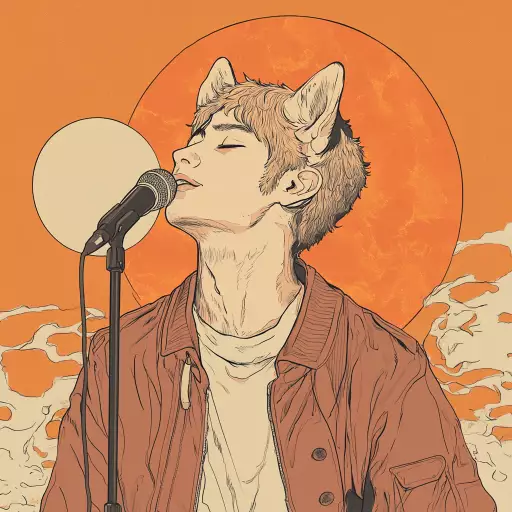
Pixels and Perception: AI-Generated Images in the Art World
The realm of art has always been a canvas for human expression, a reflection of our emotions, experiences, and imaginations. Now, a new force is emerging – artificial intelligence (AI) – capable of generating stunning visuals that blur the lines between human creativity and machine ingenuity. AI-generated images are no longer a futuristic fantasy; they are here, impacting the art world in profound ways.
A Revolution in Artistic Creation
AI algorithms, trained on massive datasets of images and artistic styles, can now produce original artwork that rivals human creations in complexity and beauty. From photorealistic landscapes to abstract expressions, AI tools empower artists with unprecedented capabilities.
- Enhanced Creativity: AI acts as a creative assistant, offering artists new perspectives, inspiring novel concepts, and pushing the boundaries of artistic expression.
- Democratization of Art: AI-powered tools make art creation accessible to a wider audience, empowering individuals with limited technical skills to explore their artistic potential.
- Efficiency and Time Savings: AI can automate repetitive tasks in the creative process, freeing up artists to focus on conceptualization and refining their vision.
Applications Across Industries
The impact of AI-generated images extends far beyond the traditional art world.
- Advertising and Marketing: Create captivating visuals for campaigns, personalize content, and generate unique imagery for products and services.
- Gaming and Entertainment: Generate stunning environments, characters, and assets for video games, films, and virtual reality experiences.
- Design and Architecture: Explore innovative design concepts, visualize architectural blueprints, and create immersive 3D models.
Ethical Considerations
The rise of AI-generated art also raises important ethical considerations that require careful attention:
- Authorship and Ownership: Who owns the copyright to AI-generated artwork? Is it the creator of the algorithm, the user who prompts the AI, or the AI itself?
- Bias and Representation: AI algorithms are trained on existing data, which can reflect societal biases. Its crucial to ensure that AI-generated art does not perpetuate harmful stereotypes or discrimination.
- Authenticity and Value: How do we distinguish between human-created and AI-generated art? Does the origin of an artwork impact its value or artistic merit?
The Future of Art in the Age of AI
The future of art is undoubtedly intertwined with the evolution of AI.
- Hybrid Creativity: We can expect to see a surge in collaborations between artists and AI, where human creativity and machine intelligence work in tandem to produce groundbreaking works.
- Personalized Art Experiences: AI algorithms will enable the creation of personalized artworks tailored to individual preferences, tastes, and even emotions.
- New Artistic Mediums: AI is paving the way for entirely new artistic mediums and expressions, expanding the boundaries of what we consider art.
As AI technology continues to advance, it will undoubtedly reshape the creative landscape. Embracing this evolution while addressing its ethical implications will be crucial in harnessing the transformative power of AI for the benefit of artists, creators, and audiences alike.
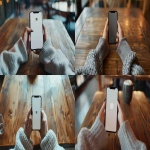
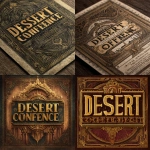


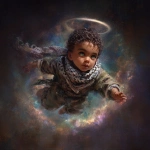
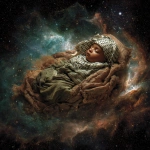

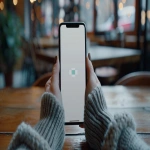
](https://images.ai-img.art/thumbnails/150/85464d88f1d4314cd042a02a6f41440fc3b4343db529794cbe8e6836fdadf409.webp)




](https://images.ai-img.art/thumbnails/150/4a4f2a16da94ebadad64aeb3b0fb4e64d426431f1d651cc4929142c728fe85b7.webp)

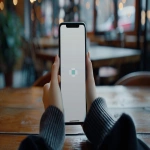

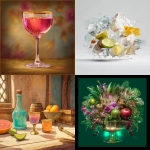
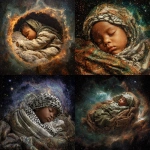
](https://images.ai-img.art/thumbnails/150/9127f72c6be19d533c26ac476f4d216cd89a6a2d7c351333489a3eff30c3ec5a.webp)


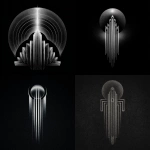
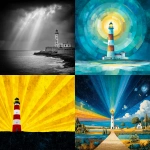




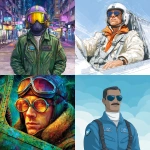
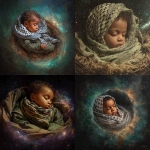

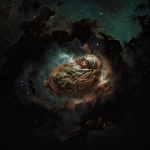
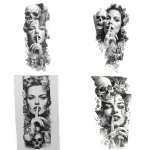
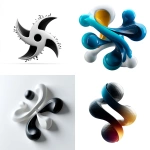
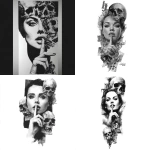
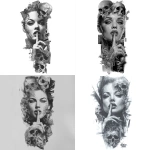
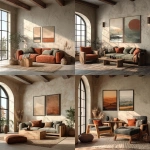
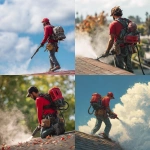
](https://images.ai-img.art/thumbnails/150/37f115f2fa75765b87e6d3e2c9f1b0a80a6a46efa8b864a05278c7fc0a0a62e7.webp)

](https://images.ai-img.art/thumbnails/150/b90a5f332cb5d8f02116934e13abd20233e0eeb2368274dbdffaa2e281e4dff5.webp)
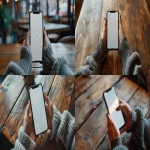

](https://images.ai-img.art/thumbnails/150/336026613fd234b8d6908fe18ecc09b2b2ecf7b8dfe294742041c9862dc499c1.webp)
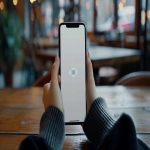
](https://images.ai-img.art/thumbnails/150/d29fcfc8037938184a641f7980e1102e24a6e82088bc465886d26ffe5bb006c7.webp)
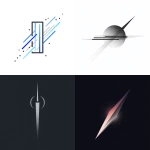

](https://images.ai-img.art/thumbnails/150/24610c8978ce6b4f1ced8639b434482871adb07e38af8b90cd535f2533bf18cc.webp)
